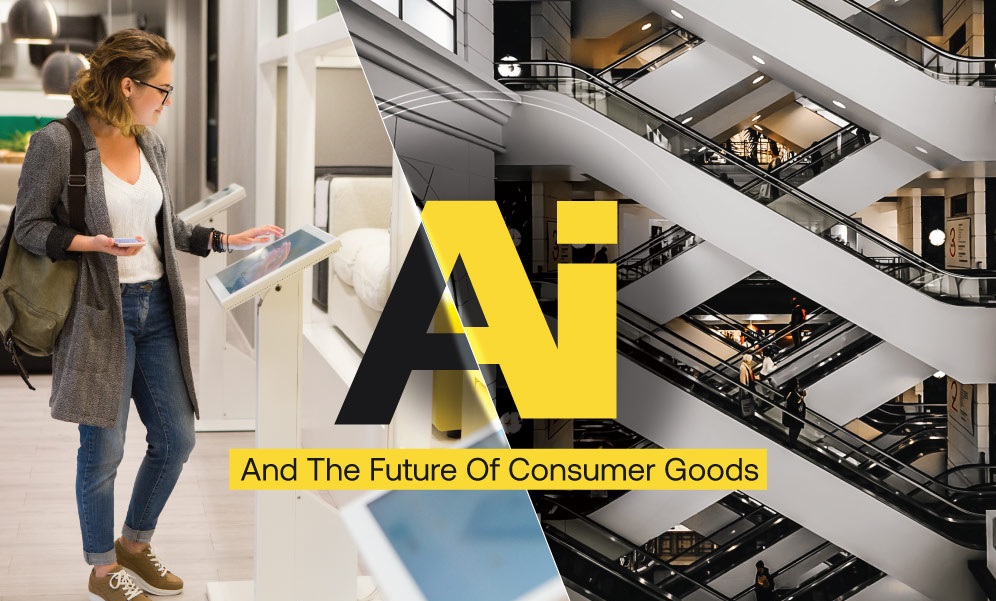Use of AI in department stores, apparel, footwear, food, grocery, and home improvement has increased by 600% in just 2 years. This AI is used mostly for the operations side of businesses, but the 26% that is used for customers can solve all kinds of issues that are facing customers, such as improving customer satisfaction, reducing complaints, and lowering customer churn. And by 2021, it is expected that customer service being handled by AI will grow by 400%. But if you are only using AI for the customer side of things, you would be missing out on a huge amount of opportunity.
Back on the customer facing AI shows some interesting and astounding things. One of those things is Walmart’s AI-based “Intelligent Retail Lab”, or IRL, which has the processing capability equivalent to downloading 27,000 hours of music per second. Kohler Konnect lets you interface with your kitchen appliances and bath fixtures with Alexa, Siri, or Google Assistant. Amazon Go has a “no checkout” system and uses cameras and sensors to identify purchased items to charge your Amazon account. Target uses a bot with a stereoscopic camera to roam around store aisles and take inventory. Another amazing thing that AI can now do is find personalized items for you. Rare Carat has an AI algorithm that sorts option across various diamond wholesale sites and allows customers to compare clarity, size, and price. Macy’s On Call bot can provide suggestions, directions, and even alert employees to angry customers by detecting the tone of their voice. Nestle is piloting a program using AI and genetic testing to design new health foods, targeting specific customers needs. 73% of customers also prefer brands that use their personal preferences and data to help improve their shopping experience.
Find out how AI can make consumer goods more effective here:


